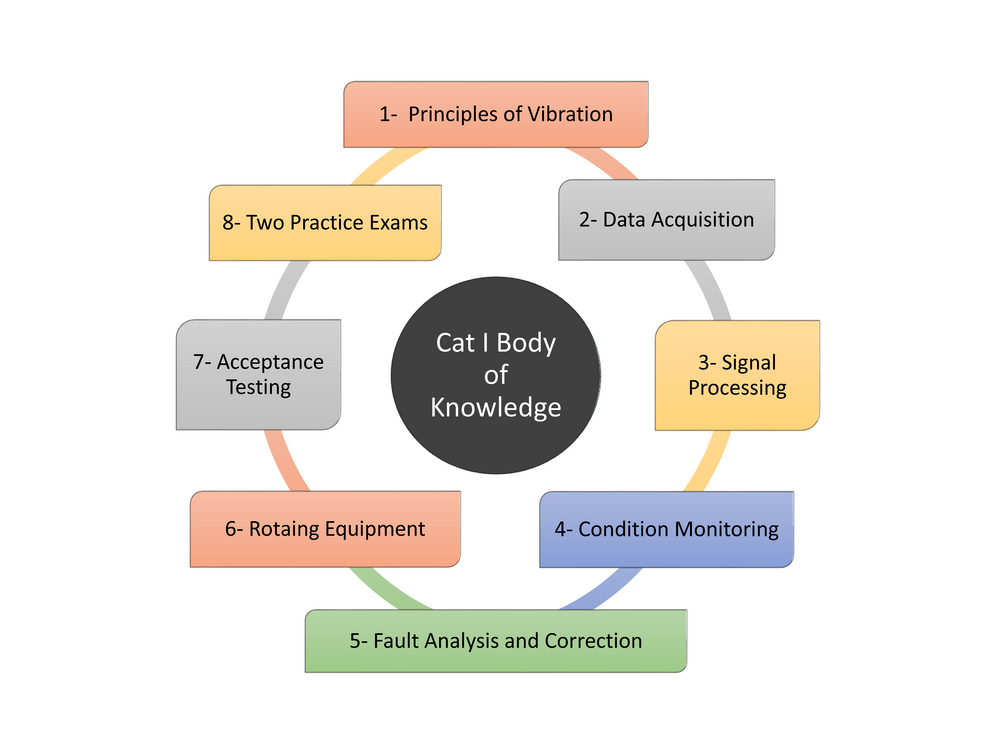

The future advancement of equipment condition monitoring technologies is intrinsically tied to the application and development of on-line or permanently installed systems. As the advantages of asset management and reliability strategies become widely accepted and aggressively implemented, significant emphasis is being placed on equipment condition monitoring. In fact, the historic barrier between production and maintenance will soon fall victim to the understanding that equipment condition data is as important as process parameters, and significantly influences production, quality, safety, and profitability.
For many petroleum facilities, on-line vibration monitoring systems are used as machinery protection systems, and therefore installed only on critical equipment. The objective is to eliminate process downtime through equipment that is 100% available and reliable. At the same plant, there may also be monitoring of general purpose machinery using portable instruments. The objective of this program is to reduce maintenance expense through early detection of equipment and component defects. As on-line systems become readily available and accepted, walk around monitoring programs are improved using permanently installed sensors and hardware, typically installed at inaccessible or hazardous locations.
The good news is you are in the right place to get further information about our vibration analysis category I training. We will help you understand why vibration analysis is important, you will gain a solid understanding of the fundamentals of vibration analysis, you will learn how to take quality, dependable measurements, and you will begin the process of understanding how to diagnose common faults with vibration analysis improved reliability, and how vibration can be successfully measured and analyzed to provide an early warning of a wide range of fault conditions about condition monitoring, including a summary of the most common technologies
about reliability improvement how vibration analysis plays a key role in reliability improvement about how machines work via the supplementary self-study “equipment knowledge” section of the manual about the fundamentals of vibration: waveforms, spectra, and simple metrics (overall levels, rms, peak, peak to peak, and crest factor) how to take dependable, repeatable, high-quality vibration readings about vibration sensors, and how and where to mount them the basics of the analysis process, primarily with vibration spectra the basics of the key analyzer settings: fmax, resolution, and averaging the basics of setting alarm limits about the common “failure modes” of machines and how to detect them, including rolling element bearing faults, unbalance, misalignment, looseness, and resonance Maintain certification and renew certificate is required.
This course is suitable for maintenance, reliability, process, control and instrumentation personnel who are willing to gain, improve and/or update their knowledge and skills of practical aspects of machinery vibration monitoring, analysis and predictive maintenance.
BTS will issue an attendance certificate for those who complete 80% of the course successfully.
It is an exam preparation training only.
For booking the exam, you can do it by yourself using the following link:
https://www.mobiusinstitute.com/
| Code | Date | Venue | Fees | Register |
|---|---|---|---|---|
| MI253-05 | 08-12-2024 | Dubai | USD 5450 | |
| MI253-01 | 04-05-2025 | Dubai | USD 5450 | |
| MI253-02 | 20-07-2025 | Cairo | USD 5450 | |
| MI253-03 | 21-09-2025 | Marrakesh | USD 5950 | |
| MI253-04 | 07-12-2025 | Dubai | USD 5450 |
Providing services with a high quality that are satisfying the requirements
Appling the specifications and legalizations to ensure the quality of service.
Best utilization of resources for continually improving the business activities.
BTS keen to selects highly technical instructors based on professional field experience
Since BTS was established, it considered a training partner for world class oil & gas institution
1st floor, Incubator Buildingو Masdar City, Abu Dhabi, UAE
Sun to Fri 09:00 AM to 06:00 PM
Contact Us anytime!
Request Info